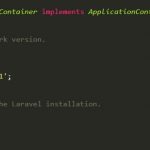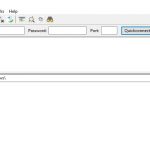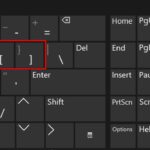If you’ve ever used a spreadsheet to organize your finances, you know what data items are. A data item is an object that can be inserted into a database for storage and retrieval or updating purposes. Data items are often stored in tables within the database. These tables are used to organize the data, allowing for easy access by authorized users of the system.

A data item is an object that has predefined characteristics and properties. A data item is used to store information, including text, bytes, integers, decimals, characters, etc. Data items are often stored in tables within the database. These tables are used to organize the data into rows and columns with each row representing a single set of related information about an item.
It is a very tiny fraction of the overall collection of data when it is the tiniest possible amount of meaningful information. This information is organized into columns to hold specific types of data items, each column holding different types of data that are relevant to the row in which they are stored. For example, one row may store the name and phone number of a person while another row may store instead credit card number and expiration date.
Every piece of data within the table has its own place or column which contains other related pieces of data, usually represented as name-value pairs. Each value must be unique according to the table’s definition but it is not necessary for every item to have an associated value. Once defined, this structure cannot be changed without first deleting all existing records then adding back only those with new properties that meet these criteria.
While most commonly used in databases and spreadsheets, data items can be found almost anywhere that information is stored or recorded. One needs to look no further than word processing documents to find the text data items such as names, street addresses, city & state combinations, etc. Data items can also be identified within images (such as EXIF metadata) and meta-data stored along with audio and video files.




